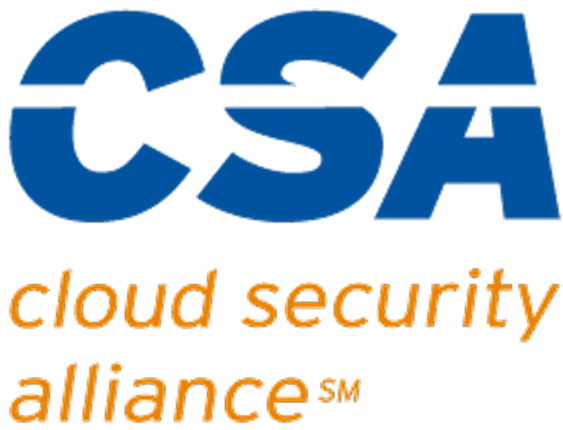Introduction
In today’s fast-paced world, business owners are always looking for ways to improve their bottom line. One way to do that is through information technology (IT). The right IT can help your business become more efficient and profitable by streamlining operations, helping you communicate with customers and employees more effectively, making it easier to manage your data, and providing critical security protection. By investing in the right IT, you can increase efficiency and productivity, reduce costs, and improve your competitive edge. When done correctly, IT can also create new growth opportunities.
IT is not something that you acquire as an afterthought. If you buy the wrong technology, your business may be stuck with a system that is not powerful enough, too complex, or isn’t compatible with other systems, and it will cost you money to upgrade or replace. The wrong IT purchase can also take up valuable resources that could be used for other business tasks. Many companies acquire technology that’s not effective or necessary because they’ve become convinced that they need it. If you’re not sure about the need for a certain kind of technology, look at how much it will cost you to acquire it versus the return on that investment. Can you say with confidence that it will improve your business operations? If an IT system or service doesn’t help solve your pressing problems and is not required by some regulation, don’t buy it.
Save money and make money.
The right IT can help businesses save money and make money. For example, by using appropriate software and systems, companies can automate tasks and reduce the need for employees to enter data manually. This can save the business time and money while also enhancing data knowledge.
In the modern business world, data is king. IT can help you manage and organize your data and provide the means to analyze it and gain critical market insights. Businesses can make better decisions about what products and services to sell, how to market them, and how much to charge for them. Additionally, companies can use IT tools to create targeted marketing campaigns that are more likely to succeed.
Proper use of IT can improve communication and collaboration among employees. With the right tools, employees can easily communicate with each other both internally and with customers. Businesses can improve efficiency and communication while reducing costs by using the right IT tools.
Automate common tasks
Manual operations often result in errors and inconsistency. Businesses can use IT systems to automate many of the necessary tasks for running a business. For example, an invoicing system can automatically generate invoices and track payments. This can free up your time to focus on more critical tasks. These systems can help improve efficiency and consistency, and they can also help reduce costs.
Small businesses can use business automation to manage their data intake, accounting, and customer-related data such as buying trends. Automation tools can help businesses keep track of their sales data, invoices, and customer information. Automation can also help businesses manage their social media accounts and website content. Additionally, automation can help businesses with email marketing and lead capture. By automating these processes, small businesses can save time and improve efficiency.
Safeguarding data and systems
In today’s world, where cyber-attacks are becoming more and more common, businesses need to have effective security measures in place. The cost associated with a data breach has soared in recent years – the average cost to businesses exceeded $4 million in 2021. IT plays a critical role in protecting against unauthorized access to business systems and data. Businesses can protect their networks from hacking and other cyber-attacks by using the latest security technologies. IT can also help companies secure their data, ensuring that confidential information is not compromised. In addition, IT can provide support for employees working remotely, helping to keep them safe and secure while they are away from the office.
A comprehensive IT solution must include the ability to audit the cybersecurity of a business’s systems, providing insight into the threats and vulnerabilities that could impact the organization. With this knowledge, companies can make strategic decisions about how best to protect their data and assets.
Improve communication and collaboration
The right IT can help improve communication and collaboration within your company. IT solutions can provide a single platform where employees can connect, share ideas, and work together more efficiently. For example, a unified communications (UC) system can unite your company’s communication channels, such as email, voice mail, instant messaging, and video conferencing, into one easy-to-use interface. This can make it easier for employees to stay in touch with each other and collaborate on projects. Another example is a social networking platform for businesses, allowing employees to create profiles, post updates, join groups, and chat with coworkers. This type of platform can help employees feel more connected to their colleagues and make it easier to collaborate on projects.
Some businesses use a combination of these tools to increase productivity and employee engagement. For example, a healthcare company may want to provide its employees with access to the latest medical research to stay up-to-date on the latest developments in their field.
Streamline processes and improve efficiency
In the business world, time is money. Every process that can be streamlined and made more efficient results in increased profitability. With the proper application of IT, businesses run more smoothly and efficiently. With the right tools, businesses can eliminate or reduce the need for manual duplication of data, ensuring that information is conveyed instantaneously across all departments. For example, enterprise content management (ECM) systems allow businesses to store and manage all their documents electronically. This eliminates the need for employees to spend time looking for files or tracking down information from different sources. IT can also help you connect with customers and partners in new ways.
With the right technology in place, you can improve communication and collaboration between team members, automate redundant tasks, and reduce time spent on administrative tasks. You can free up time and resources to focus on more important goals and initiatives by improving efficiency.
Understand your customers and their needs
Your customers are constantly changing and evolving. To keep up, you need to have the right IT in place to understand them and their needs better. The right IT will help you gather customer data, analyze it, and create targeted marketing campaigns. It can also help you improve customer service and create a more personalized experience for each customer. The right IT can help you develop new products and services. Your customers are your lifeblood and the foundation for every business decision. You must understand their needs, wants, desires, and preferences, so you can create products and services that meet those needs.
Conclusion
Most business owners understand the crucial role that IT plays in their success. For example, a recent study conducted by the National Association of Manufacturers (NAM) found that 96% of manufacturers believe that having the right IT in place is essential for any business looking to be more profitable. This is not surprising, as companies are increasingly reliant on technology to function and grow. In order to remain competitive in today’s market, businesses must have an efficient and effective IT system in place. This means that every business must clearly understand what their IT needs are and secure an IT provider that can meet those needs. A sound IT system can help a company improve its operations, make better decisions, and increase its profits.




